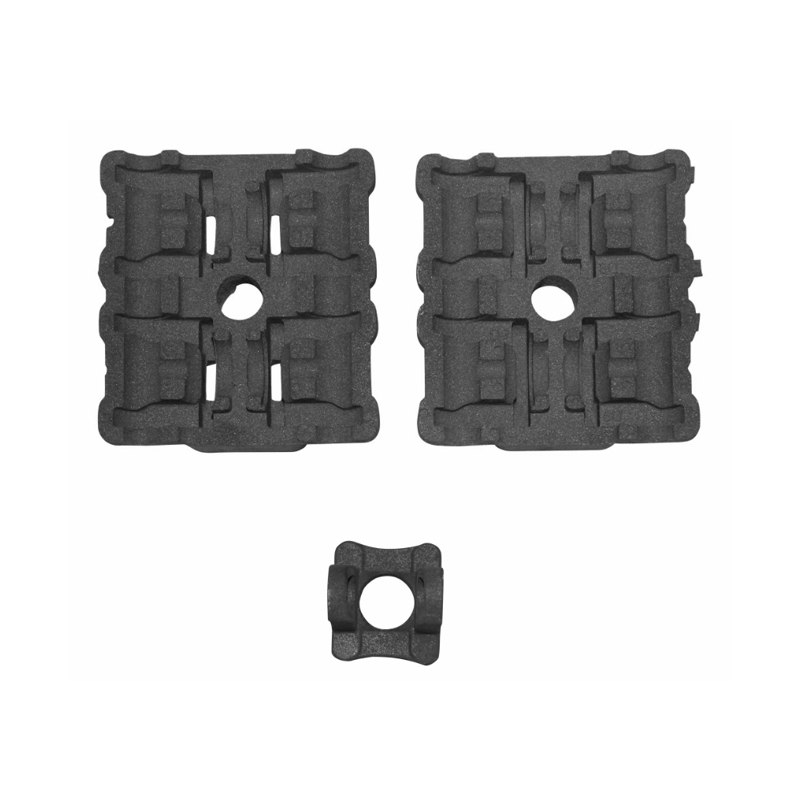Material Selection for Connector Coated Sand Casting Molds
Industry News-Coated sand casting is a popular method for producing metal parts with high dimensional accuracy and surface finishes. In this process, sand is used to create the mold cavity, which is then coated with a layer of a special material to improve surface quality and prevent sticking. The selection of materials for these connector coated sand casting molds is crucial because it determines the mold's strength, thermal stability, and ability to withstand the harsh conditions of molten metal.

The core material in connector coated sand casting molds is usually a high-quality silica sand, which offers thermal properties. Silica sand can withstand the high temperatures associated with molten metals, making it ideal for producing intricate, complex parts. However, the sand alone does not provide the required smooth surface finish or durability, which is why the coating is necessary.
The coating material is typically a ceramic-based compound that forms a thin layer over the sand mold. This layer provides a smoother surface, reduces defects, and improves the final surface finish of the cast component. Ceramic coatings are chosen for their ability to resist high temperatures, prevent mold erosion, and enhance the mold's strength. These coatings are often mixed with a binder to ensure they adhere well to the sand mold and do not crack during the casting process.
Additionally, other coatings like graphite or zircon may be used depending on the casting material and the intended application. For instance, graphite coatings help reduce friction, making them suitable for molds used in parts that require high tolerance and smooth surfaces. The right combination of sand and coating materials is essential to produce high-performance, long-lasting molds for connector parts.
Die casting is a popular manufacturing process, particularly for producing metal parts with complex shapes and dimensional accuracy. In die cast aluminum mold production, the material selection is vital because the mold must withstand the high pressure and temperatures involved in the process while ensuring the durability of the final component.
The material used for die cast aluminum molds is typically tool steel, which offers the necessary strength, wear resistance, and thermal conductivity. Tool steels are commonly used because they can endure the conditions of die casting, including high pressures and temperatures, without deforming or wearing out prematurely. Among the different types of tool steel, H13 steel is often chosen due to its thermal stability, hardness, and resistance to cracking under heat.
One of the key factors in selecting material for die cast aluminum molds is thermal conductivity. Aluminum die-casting processes require the mold to cool quickly after the molten metal is injected. High thermal conductivity ensures that the mold dissipates heat effectively, preventing the aluminum from cooling too slowly and defects such as porosity or shrinkage. Tool steels like H13 possess good thermal conductivity, allowing for better control over the cooling process.
Another critical factor is the mold's wear resistance. During die casting, the aluminum is injected at high pressure into the mold, which subjects the mold to significant wear and tear. Tool steels, especially those with high carbon content or additional alloys like chromium and molybdenum, provide the necessary hardness and resistance to abrasion, ensuring the mold can withstand repeated cycles without degrading.
 En
En
 русский
русский Español
Español عربى
عربى Deutsch
Deutsch















